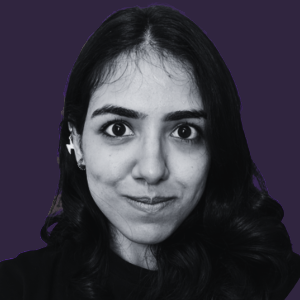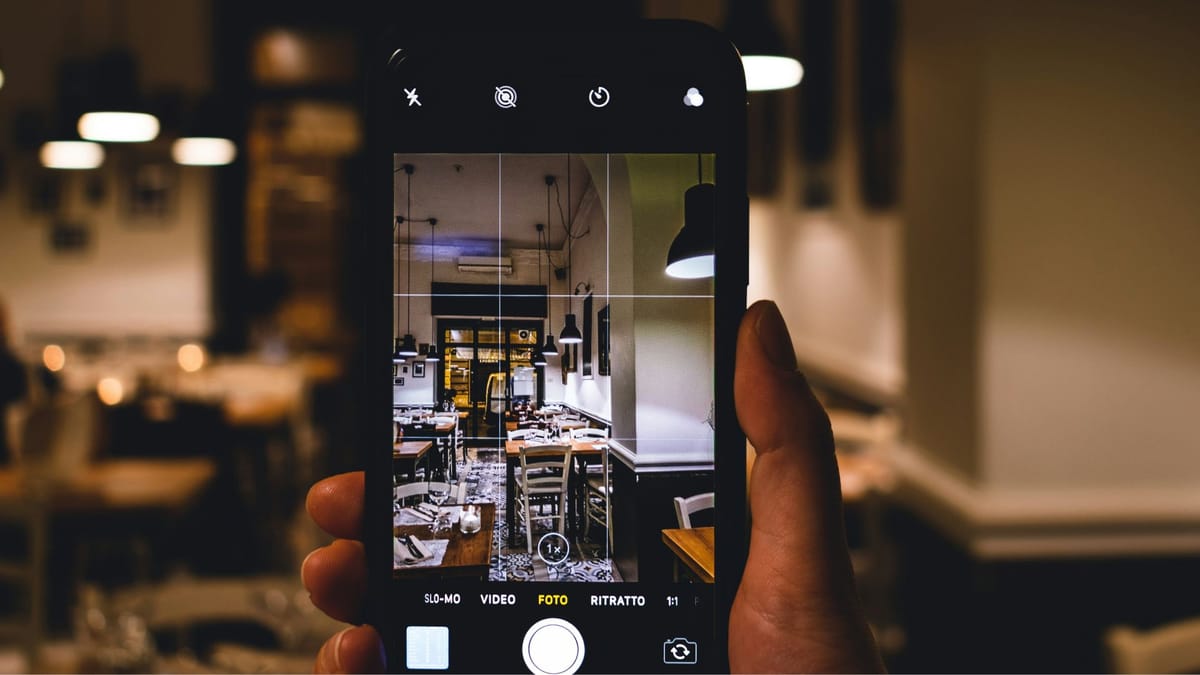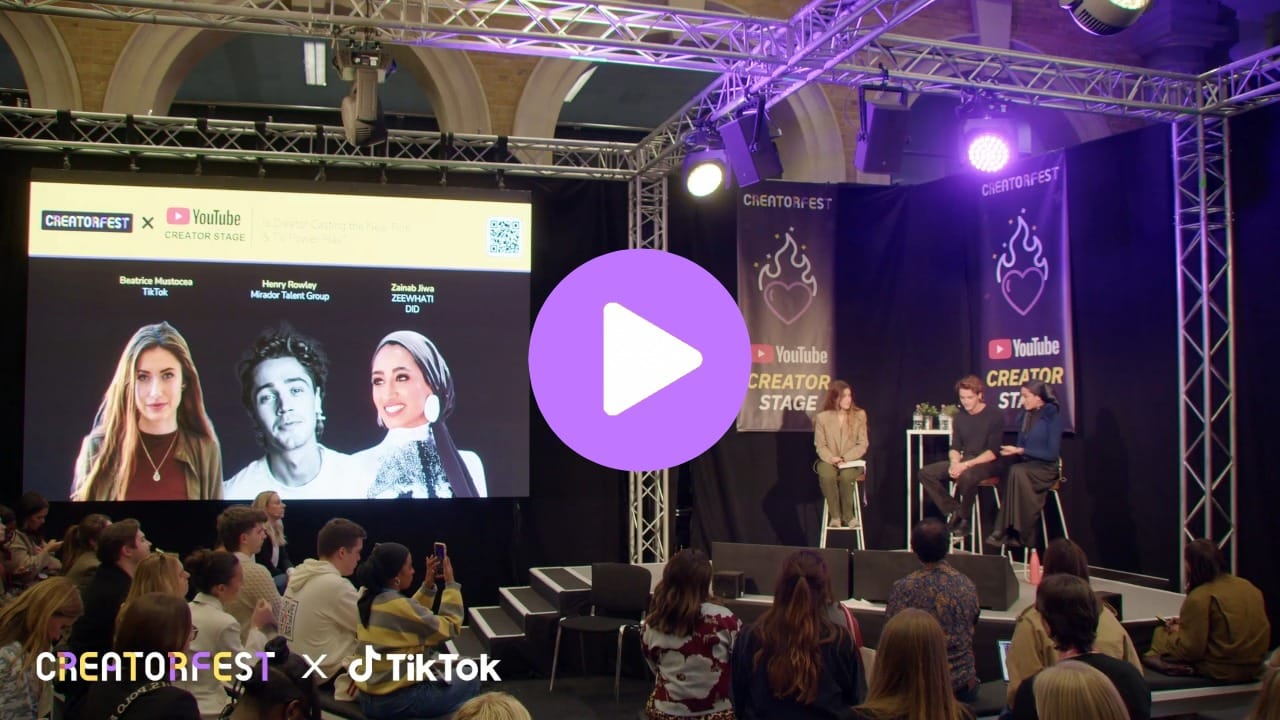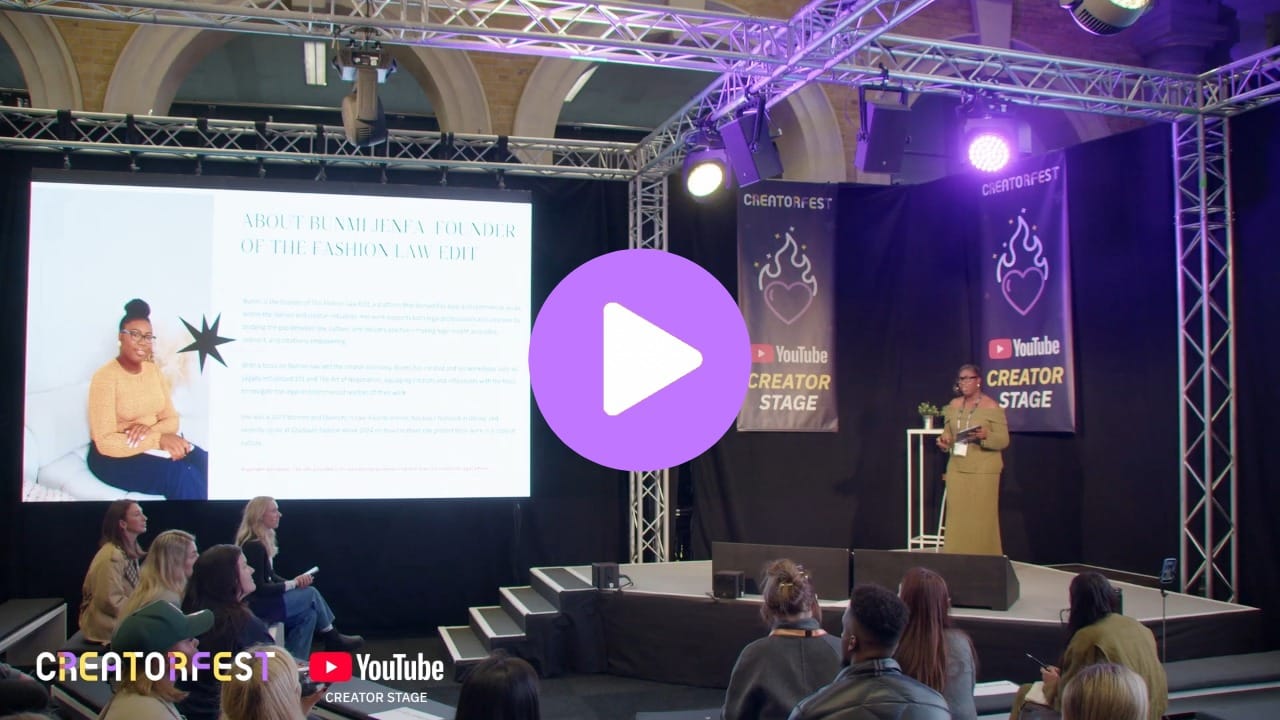Scroll through LinkedIn and you'll see a pattern: Someone posts "AI can now run your entire influencer program on autopilot" and gets hundreds of likes. Companies rush to add "AI-powered" to their website. Everyone's talking about full automation.
Maybe you're asking the same question: 'Can AI just run our entire influencer program automatically?'
The short answer is no. The longer answer is: that's not actually what you want.
Let's consider an extreme example: a brand attempts to automate its influencer program fully. They let AI pick all the influencers, draft outreach, and track all the metrics. Three months later, they're frustrated because the results are mediocre and nothing feels authentic.
Then they swing the other way, declaring AI doesn't work for influencer marketing and going back to doing everything manually.
Both approaches miss the point.
AI isn't going to replace influencer marketers.
It is, however, fundamentally changing what the work looks like. And if you're in this field, understanding that shift matters more than picking a side in the "AI vs humans" debate.
Let's Be Honest About What's Changing
AI is automating significant chunks of influencer marketing work. That's not speculation. It's happening right now.
Tasks that used to take hours now take minutes. Finding influencers used to mean manually scrolling through Instagram for days. Now AI can analyse thousands of profiles instantly. Writing personalised outreach to 50 influencers? AI can draft them. Tracking who responded, who posted, and what performed well? Can be automated.
If AI does all that, what's left for humans?
Truth is, those were the parts of influencer marketing that just disproportionately consumed all your time.
What AI Does Better Than You (And That's Okay)
Let's be specific about what AI handles well:
- Influencer discovery and audience analysis. AI processes data at scale. It can analyse follower demographics, engagement patterns, audience authenticity, and content performance across thousands of influencers. No human can manually review 1000 profiles and cross-reference their audience data in any reasonable timeframe.
- Initial outreach at scale. AI can draft personalised messages based on a creator's content style, previous brand partnerships, and posting patterns. It's not perfect, but it's a solid starting point you can refine.
- Campaign tracking and reporting. Monitoring deadlines, tracking deliverables, and compiling performance data across dozens of creators —these are exactly the tasks software should handle.
- Pattern recognition from past performance. AI can identify what's worked: which content formats drove conversions, optimal posting times, what messaging resonated. It gives you insights from historical data that would take weeks to compile manually.
These tasks aren't disappearing. They're just no longer where you spend 70% of your time.
What You'll Be Doing When AI Handles the Grunt Work
When AI handles the operational work, what's left is, I'd argue, more important.
- Strategic creator selection. You're reviewing an AI-generated list for a minimalist skincare brand. The top influencer has great engagement metrics, but her feed is chaotic maximalism. We're talking, clashing patterns, busy backgrounds, ten products per post. The data says she's perfect. Your eyes say she'll dilute your brand identity. That judgment call is still yours.
Or you're looking at two influencers with similar metrics. One has posted about three competing products in the past month. The other mentioned in their stories that they're dealing with burnout. Neither of these signals shows up in engagement data, but both matter for partnership decisions.
- Relationship building that drives performance. An influencer you've worked with for six months suddenly goes quiet. AI flags it as underperformance and suggests reallocating the budget. You call them, and learn they're dealing with a family health issue. You pause deliverables, check in without asking for content, and give them space. Three months later, they post your best-performing content of the quarter and mention how your support during a difficult time genuinely strengthened their connection to the brand. That creator is still posting about you a year later without being asked.
- Creative campaign strategy. AI can tell you that unboxing videos perform better than tutorials for your product category. It can't imagine what comes next. When Liquid Death decided to package water in tallboy cans and market it like energy drinks to metalheads, no algorithm would have recommended that strategy. The data said "water brands target wellness audiences with calming aesthetics." The creative insight that saw opportunity in contradiction came from humans willing to ignore the data.
- Your program structure. Instead of executing isolated campaigns, you're building systems. How does influencer marketing fit into your overall marketing strategy? What does a sustainable, scalable influencer program look like for your brand? How do you turn one-off influencer collaborations into long-term partnerships that compound value?
This is the shift, from executor to strategist.
Why This Shift Changes Everything
The foundation of influencer marketing hasn't changed. It's still about trust between influencers and their audiences — built on authenticity and genuine connection, that can't be automated.
What's changing is how you spend your time.
In 2020, an influencer marketer might have spent most of their time on discovery and research, outreach, and reporting. The strategy and relationship building happened in whatever time was left.
By 2025, AI will handle most of those operational tasks. Now you can spend 70% of your time on strategy and relationships, the parts that actually drive results.
But that only works if you can do those things well. And not everyone can, at least not yet.
What to Do Starting This Month
If you're an influencer marketer figuring out this transition, here's what to do:
- This month: Pick one AI tool and use it for a real campaign. A real project with real stakes. Use it for initial influencer discovery. See where it saves time and where you still need to step in. Most people sign up for tools and never actually integrate them into their workflow.
- This quarter: Audit how you spend your time. Track it honestly for one whole week. If AI can handle more than 50% of tasks, start shifting those deliberately. Use that time for strategy work. Understand your brand positioning more deeply, analyse why certain partnerships work better than others, and have conversations with influencers instead of just transactional check-ins.
- This year: Build one relationship significantly deeper than you usually would. Pick an influencer you've worked with and invest in turning it into a partnership. Regular check-ins that aren't about deliverables. Understanding what they're working on beyond your brand and showing up when things don't go perfectly. That's the skill AI can't replicate, and you need to develop it intentionally, not just talk about it.
Develop strategic thinking: Get better at understanding brand positioning deeply enough to evaluate creator fit beyond metrics. This means sitting in on product development discussions, understanding customer psychology, and knowing your competitive landscape.
Where This Leaves You
AI is changing influencer marketing whether we're ready or not. Some marketers will adapt quickly. Some will struggle. Most will be somewhere in between, figuring it out as they go.
What matters is understanding the actual division of labor: AI handles data analysis, pattern recognition, and repetitive tasks. Humans handle strategy, creativity, relationship building, and judgment calls that require context machines don't have.
The tools exist to make this transition easier. At SARAL, we built our platform around this philosophy. Our AI influencer assistant, SIA, handles the operational work so marketers can focus on what actually matters.
You don't need to have this figured out perfectly right now. You just need to start moving in the right direction: less time on what AI can do, more time on what only humans can do well.
That's not a revolutionary insight. It's just the practical reality of working in influencer marketing in 2025.
If this conversation resonated, imagine the energy of being in the room with hundreds of creators, brands, and industry leaders all tackling the same challenges together. At CreatorFest you’re not just listening - you’re part of the community shaping what comes next.
Don't miss your chance to join the movement.







